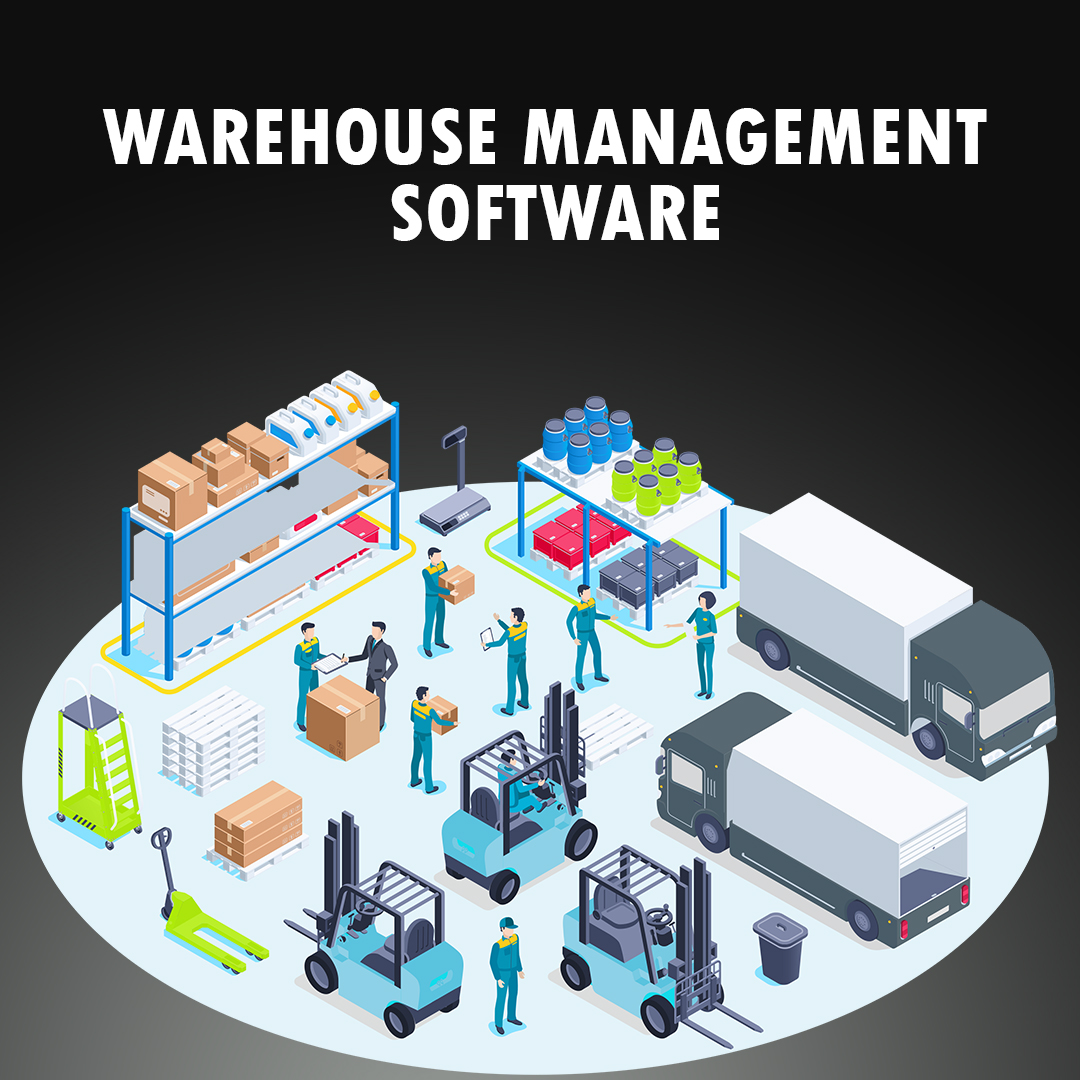- Barcode/RFID Scanning: By integrating with barcode scanners or RFID technology, WMS tracks products as they move through the warehouse, reducing the need for manual input and minimizing human error.
- Multi-location Management: For businesses with multiple warehouses or fulfillment centers, WMS can provide a centralized view of inventory across locations, enabling more efficient stock management and order routing.
- Automation Integration: In some advanced systems, WMS integrates with automated systems like robotic pickers or conveyor belts, further improving warehouse efficiency and reducing labor costs.
- Returns Management: WMS can also manage returns by tracking returned items and ensuring they are put back into stock or processed for resale, helping to streamline the returns process.
Overall, Warehouse Management Software helps businesses gain better control over their inventory, optimize warehouse operations, improve order accuracy, and enhance overall supply chain efficiency. It is especially critical for businesses with large or complex warehouse operations, helping them scale efficiently and meet customer demand with speed and accuracy.
